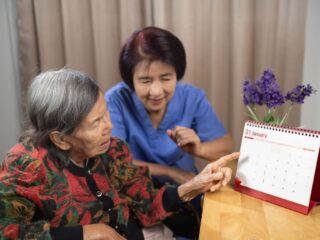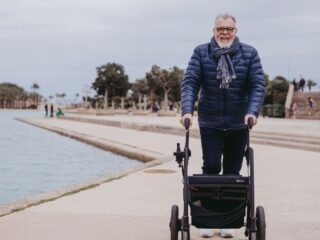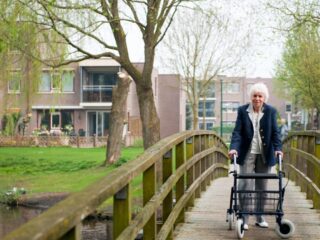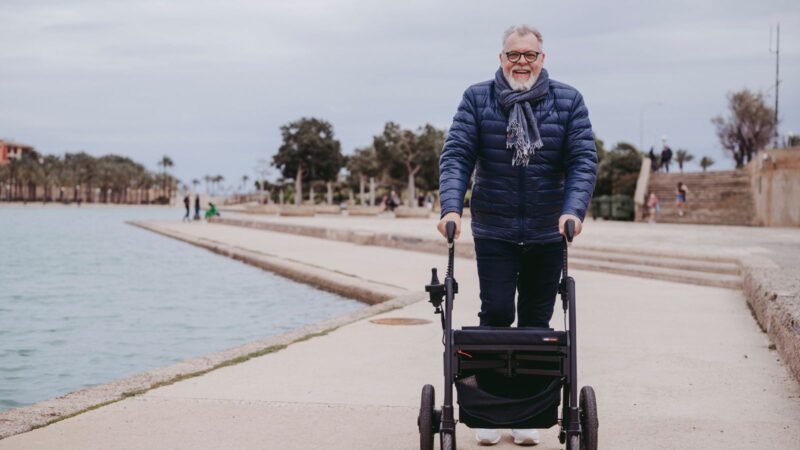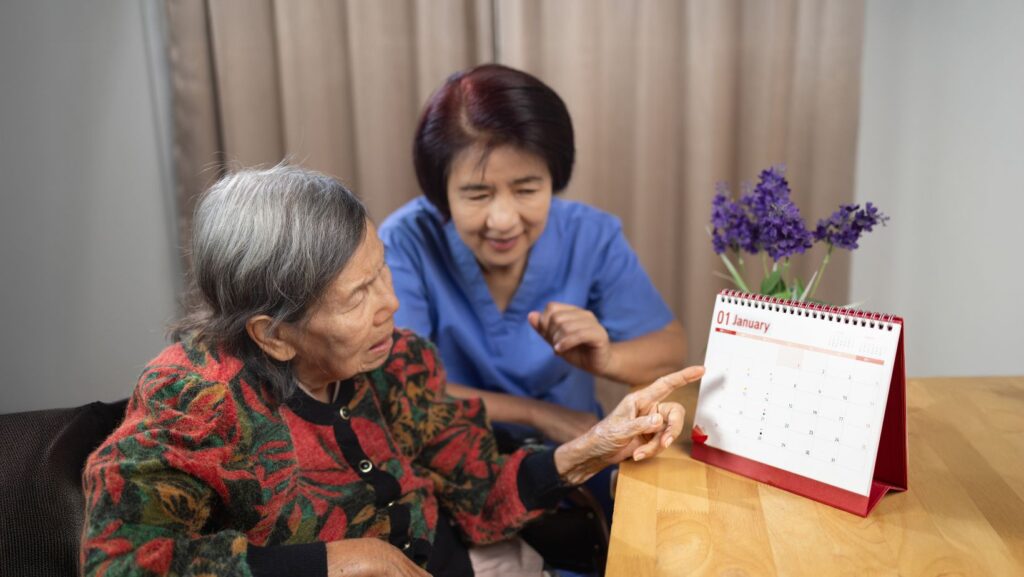
Families and clinicians often consider location tracking when wandering risk rises, or when a person begins leaving home unexpectedly. These tools can reduce search time and may prevent harm. For readers exploring practical options, the Norwegian term GPS klokke demens is commonly used when discussing wrist worn safety devices for people living with memory loss. The aim is not surveillance, it is a proportionate response that helps someone stay at home longer while easing caregiver stress.
Ethics guidance supports that careful balance. A synthesis of 22 normative articles found recurring concerns about autonomy, privacy, beneficence and justice, and concluded that tracking can reduce harm, such as fewer elopement incidents, yet can erode dignity if used coercively. The same review urged moving beyond simple principles to structured governance for ongoing use, rather than ad hoc family decisions. This matches real world sentiment. A recent poll reported that 67 percent of general practitioners would like to prescribe assistive technology after a new dementia diagnosis, reflecting strong safety hopes while signaling the need for clear consent and proportionality.
What good tracking looks like in daily care
Start with shared goals, then check proportionality
Start with shared goals, then check proportionality
Conversations work best when everyone aligns on what matters most. The ethics literature shows a repeated safety versus liberty tension, and the review of 22 articles systematic ratings makes it clear that benefits and risks can coexist. Framing the goal as staying active and connected while preventing harm helps families and clinicians weigh trade offs without sliding into coercion. Governance should match that intent. Paperwork and ethics review processes are recommended for recurring monitoring rather than informal decisions that drift over time. This means documenting whose safety is at stake, which situations justify location checks, and how to scale back if the risk changes.
Evidence also guides expectations. Wearable research is growing, yet many studies are short, with monitoring periods of one or more weeks, and algorithms often misclassify low movement behaviors common in dementia. A December 2024 scoping review noted wrist placement in 33 of 37 studies and found inconsistent outcomes when monitoring caregiver sleep. Device summaries should therefore be treated as supportive signals, never as definitive measures. Clinical observation and judgment remain central to care.
Pick features that protect autonomy by default
Ethical safeguards should be built into the product. Developer interviews from 2024 report that designers recognize the safety autonomy trade off and recommend practical mitigations. Look for configurable geofencing with an adjustable radius, time limited tracking, and consent tokens that expire and can be renewed. Choose providers that enforce role based access and maintain clear audit logs that show which caregiver or clinician accessed location data and why. Exportable logs allow teams to review patterns and hold practice to account.
Data minimization and short retention are essential. Families and procurement teams can ask about retention windows, such as 30, 90, or 365 days, and then insist on the shortest period that still supports safety. Dignity preserving practices also reduce intrusion. Silent monitor modes avoid constant oversight when risk is low. Graduated alerting can notify a clinician only after two alerts in 24 hours, which lowers false alarms and anxiety. These design choices shift the practical question from whether to track to whether the device itself upholds privacy by design.
Because research evidence is still maturing, teams should plan to pair device data with observation, and they should expect some device limitations. Wrist worn placement is common, but it is not flawless. Algorithms may under read slow movement or restlessness that looks like stillness. Clear feature choices, combined with human judgment, keep the person rather than the dashboard at the center.
Write it down and keep it current
Ethics become actionable when they live in the care plan. Implement dynamic consent, document who agreed to what and for how long, and schedule routine reviews every three to six months and after health changes. Clinicians can record the specifics in the medical record and use consent tokens that expire and can be renewed. This approach prevents quiet drift from proportionate support to open ended surveillance.
Spell out how data will be shared. Role based access limits who can see location information, and audit trails should show who looked and why. A stepwise response plan reduces uncertainty. Agree on geofence radii, define an escalation ladder with named contacts, and specify that a clinician is involved only after two alerts in 24 hours unless there is immediate danger. Include practical upkeep, such as charging, updates and replacement, so devices work when needed.
Long term use requires support. Many technologies entered care through small pilots that faced enrollment and adherence challenges, including attrition and acceptance issues. A 2025 qualitative synthesis recommends tailored training, regular check ins, and simple chargers to improve retention. Planning extra staff time for setup and troubleshooting can prevent frustration and keeps autonomy, not technology, in the foreground.
Keeping safety and selfhood in the same frame
Location tracking can help people with dementia live safely at home, and it can do so without sacrificing dignity when safeguards are explicit. Choose devices that embed privacy by design, document consent with time limits, and review decisions every three to six months so tracking remains a proportionate, person centered choice. The right question is not whether to track, but how to protect autonomy while meeting real safety needs.

